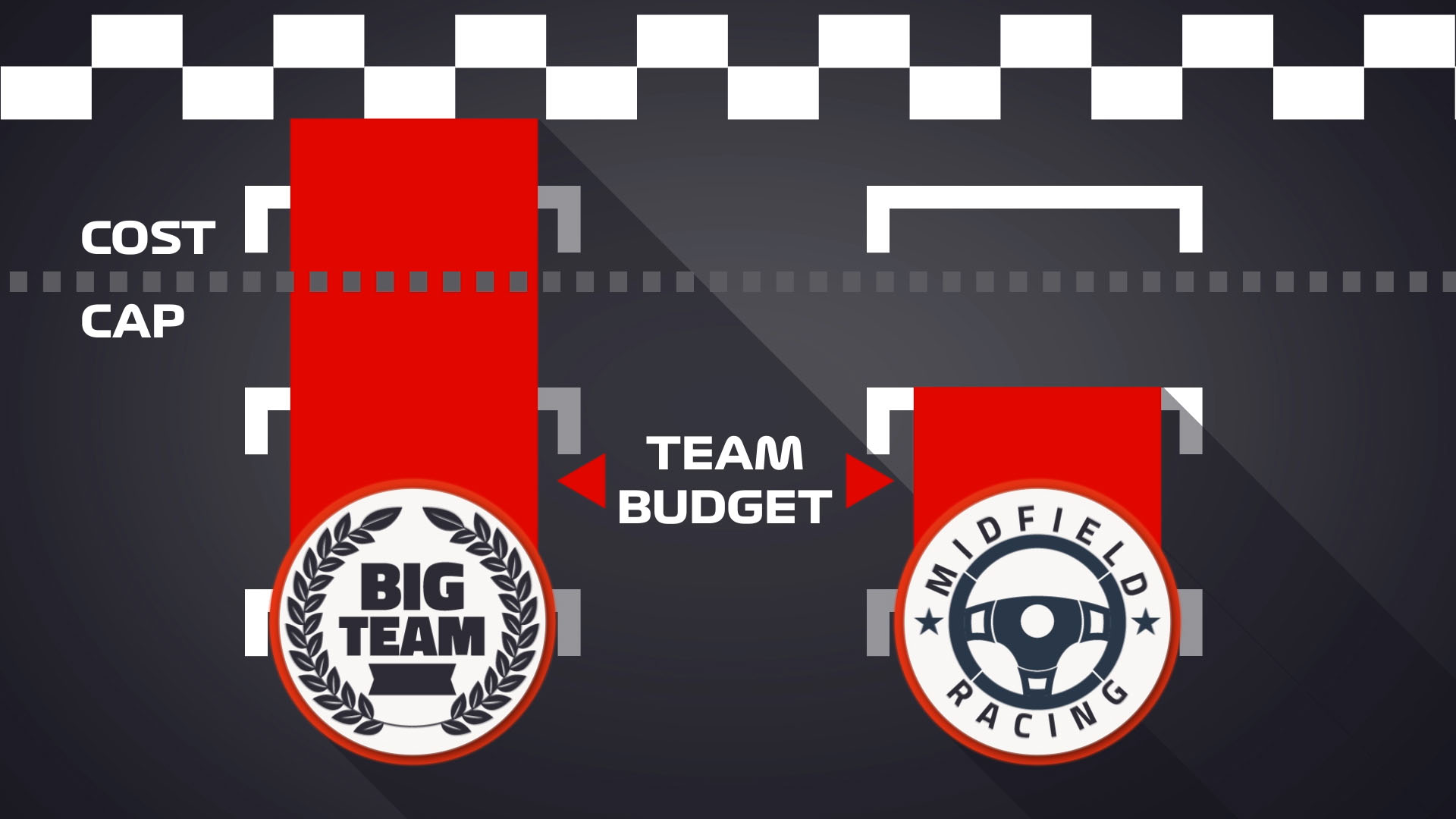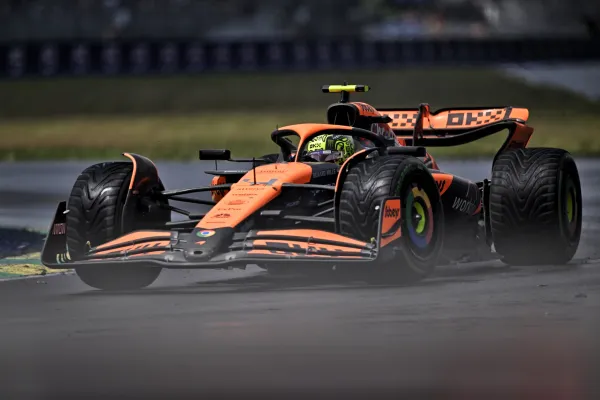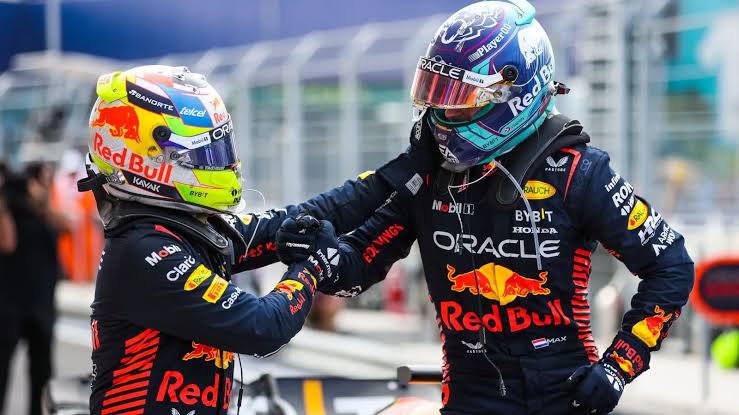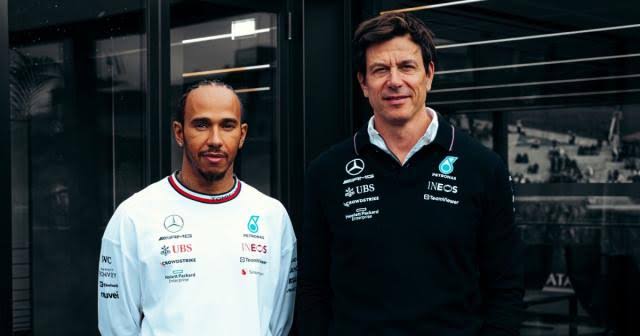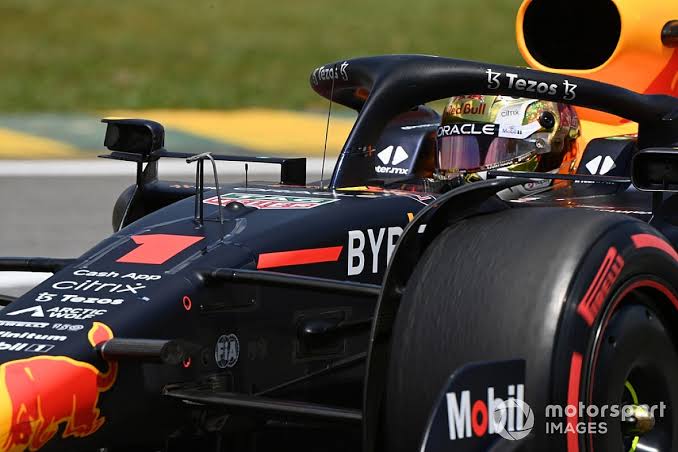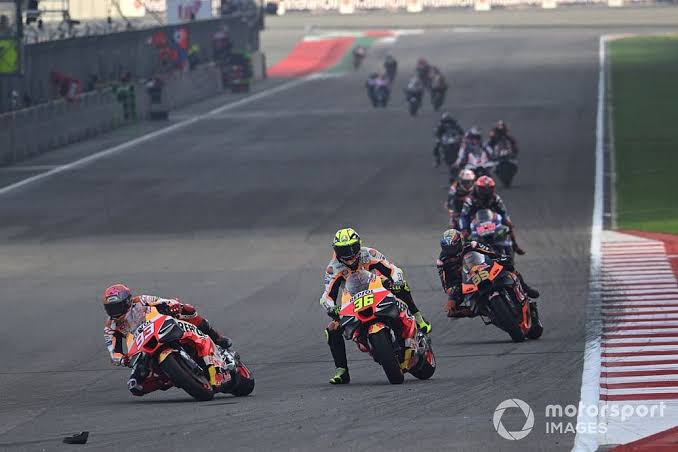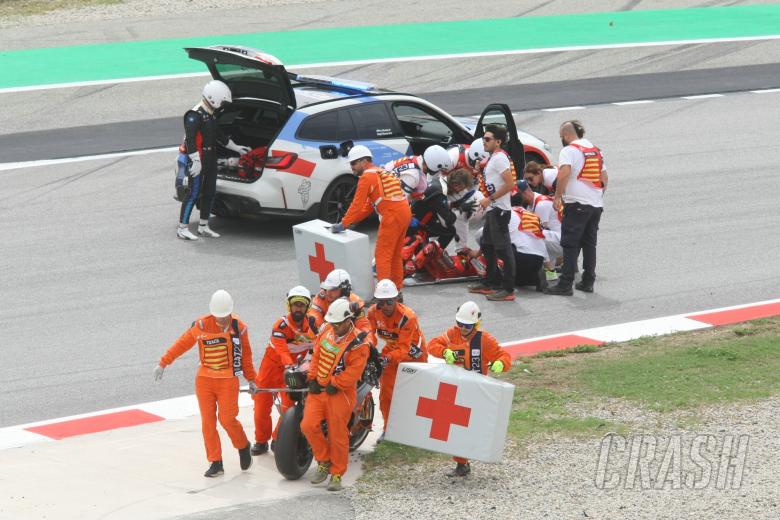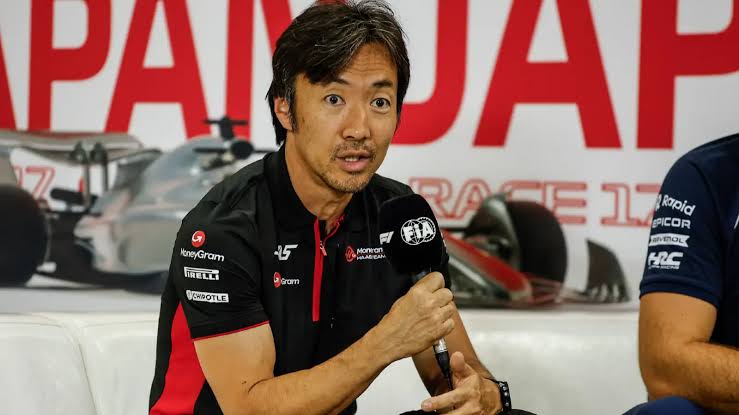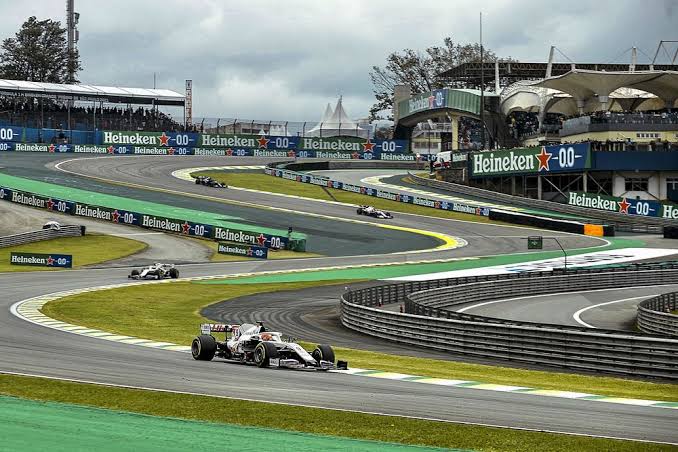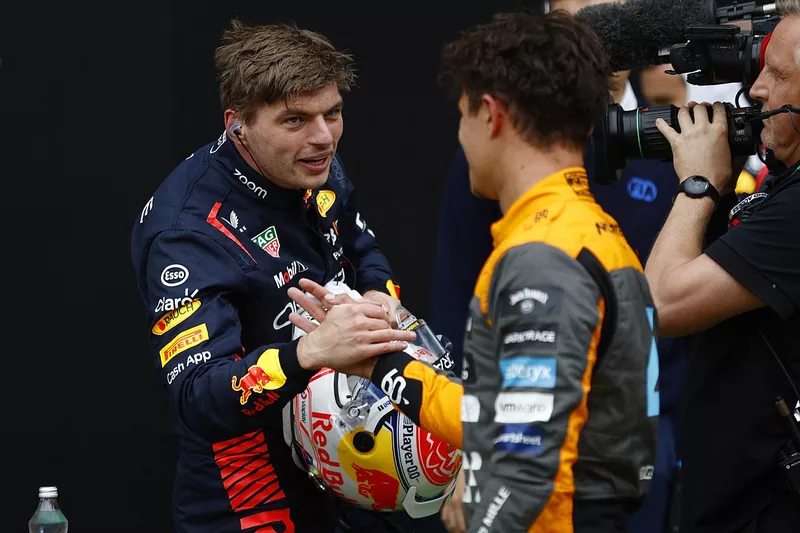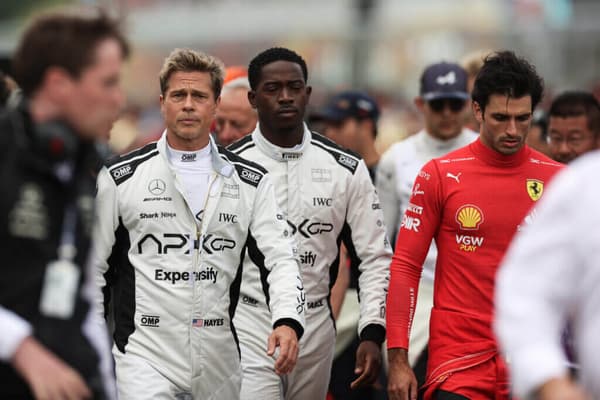Cost Cap Adjustments In Formula 1: Balancing Competition And Financial Sustainability
As Formula 1 continues to modernize, perhaps one of the biggest recent changes is the introduction of the cost cap. Now, on the eve of the 2025 season, discussions are being raised about possible changes to that financial regulation with a view toward making the cap effective, fair, and also adaptable to shifting economic landscapes across F1 into the global economy.
Current Landscape of Cost Cap
The cost cap was introduced in 2021 as a method of leveling the playing field across teams and ensuring long-term financial viability for the sport. For the 2024 season, it sits at $135 million per team, excluding items like driver salary and marketing.
Key objectives of the cost cap
Reduce spending disparities to promote closer competition.
Ensure long-term financial security for all teams.
Encourage better use of resources and innovation.
Attract new teams and constructors to F1.
Proposed Changes for 2025
With the FIA and management of F1 considering changes to the cost cap for 2025, a number of key areas are under discussion:
Inflation Adjustment
With inflation rates across the world, the need to make sure the cost cap keeps pace with rising costs remains. Proposals include:
Annual adjustment pegged to a certain inflation index
Regional differences to take into account different inflation rates in the locations of teams
Performance-Based Sliding Scale
It has also been suggested that some teams propose a sliding scale, which gives higher-performing teams a slightly lower cap, while on the opposite end, lower-performing teams get more financial leeway. It could include:
A 5% increase in the cap for teams finishing in the bottom half of the constructors’ championship
A corresponding 5% decrease for top-performing teams
Investments in Sustainability
In light of F1’s push to be more ‘green,’ there is discussion that would exclude specific green technology investments from the cap, possibly including:
Research and development of sustainable materials
The application of energy-efficient manufacturing processes
Challenges in Implementing Adjustments
General consensus was drawn on the requirements for cost-cap adjustments, yet several challenges should be considered:
Maintaining Competitive Balance
Any changes must be such that the basic objective of fostering closer competition is not undermined. This requires careful consideration of how adjustments might impact team performance disparities.
Enforcement and Compliance
As the cost cap becomes increasingly complex with potential adjustments, it is going to get progressively harder to ensure compliance and actually enforce it. The FIA probably will have to:
Enhance auditing processes
Implement more sophisticated financial monitoring systems.
Team Agreement
It is often extremely difficult to get all teams to agree on what those specific adjustments are. With different financial situations and competitive positions, it is not hard to have divergent views on exact adjustments of the cap.
Impact on Team Strategies
Any changes to the cost cap might have serious implications for how teams will tackle several areas of interest:
Resource Allocation
Teams may need to reassess how they allocate resources across different areas such as:
Car development
Manufacturing processes
Personnel hiring and retention
Long-Term Planning
With the influence of potential yearly adjustments, teams will have to develop more long-term strategies that are more flexible in adapting to the changing financial regulations.
Focus on Innovation
Exclusions for sustainability investments could make the teams work more toward green technologies and, therefore, accelerate the pace of innovation in that area.
Stakeholder Views
Not all stakeholders within F1 look at cost cap adjustments through the same lens:
Smaller Teams
Generally supportive of adjustments that offer more financial leeway, with performance-based boosts for lower-ranked teams.
Top Teams
Often advocate for a higher overall cap and/or more exclusions in the name of continuous high investment and development.
FIA and F1 Management
Focused on finding a balance that maintains competitive integrity while ensuring the financial sustainability of all teams.
Fans and Media
Generally supportive of measures to promote closer competition but wary of overcomplicated regulations that may be difficult to understand or explain.
Possible Outcomes and Consequences
As the discussions progress, a number of options are beginning to emerge, each with its own implications:
Scenario 1: Increase Based on Moderate Inflation
The most straightforward would be a simple increase, perhaps linked to some form of global inflation rates. That would help them cope with the rising costs without dramatically changing the competitive landscape.
Implications:
Easier to implement and understand
May not address concerns for everyone, especially smaller teams.
Scenario 2: Performance-Based Tiered System
It can be done on a sliding scale, based on the teams’ performance, and over time it would bridge the gap between the top and bottom teams.
Implications:
Could lead to more competitive racing
Might face resistance from top teams
Scenario 3: Extended Exclusions
One of the ways to do this would be increasing the number of items excluded from the cap—for instance, in fields of sustainability and safety—which may permit targeted investments without raising the general cap.
Implications:
Encourages investment in key areas in line with the broader objectives of F1.
Could make the cap more difficult to enforce
Looking Ahead: The Future of F1’s Financial Regulations
As Formula 1 is in continuous development, the cost cap and its modifications will be highly relevant to the future of the sport. The following are key considerations for the long term:
Regular Review Process
This may, in turn, involve putting in place a formal procedure for periodic review of the cost cap to ensure that it remains relevant and effective over time.
Technology Integration
The F1 can introduce ever more sophisticated real-time tracking of spending by the teams and, in turn, ever more sophisticated nuancing of its regulations as the financial monitoring technology continues to improve.
Global Economic Factors
The sport will have to continue being flexible regarding general economic conditions, even to the extent of accounting for extraordinary worldwide events that may affect team economies.
Conclusion
Ongoing deliberations with the cost cap adjustments for the 2025 Formula 1 season really proved how seriously the sport is committed to keeping it competitive, financially viable, and technologically advanced. Everyone works toward a solution that will be good for all concerned, and the big picture does not change: to have Formula 1 remain at the pinnacle in motorsport, offering great racing in a manner that pushes the boundaries of automotive technology.
The decisions to be made over the next few months will have far-reaching implications, not just for the 2025 season but for the long-term future of Formula 1. While fans, teams, and officials alike wait for the outcome of these deliberations, one thing is certain: the cost cap will continue to be a crucial tool in shaping the competitive landscape of Formula 1 for years to come.
